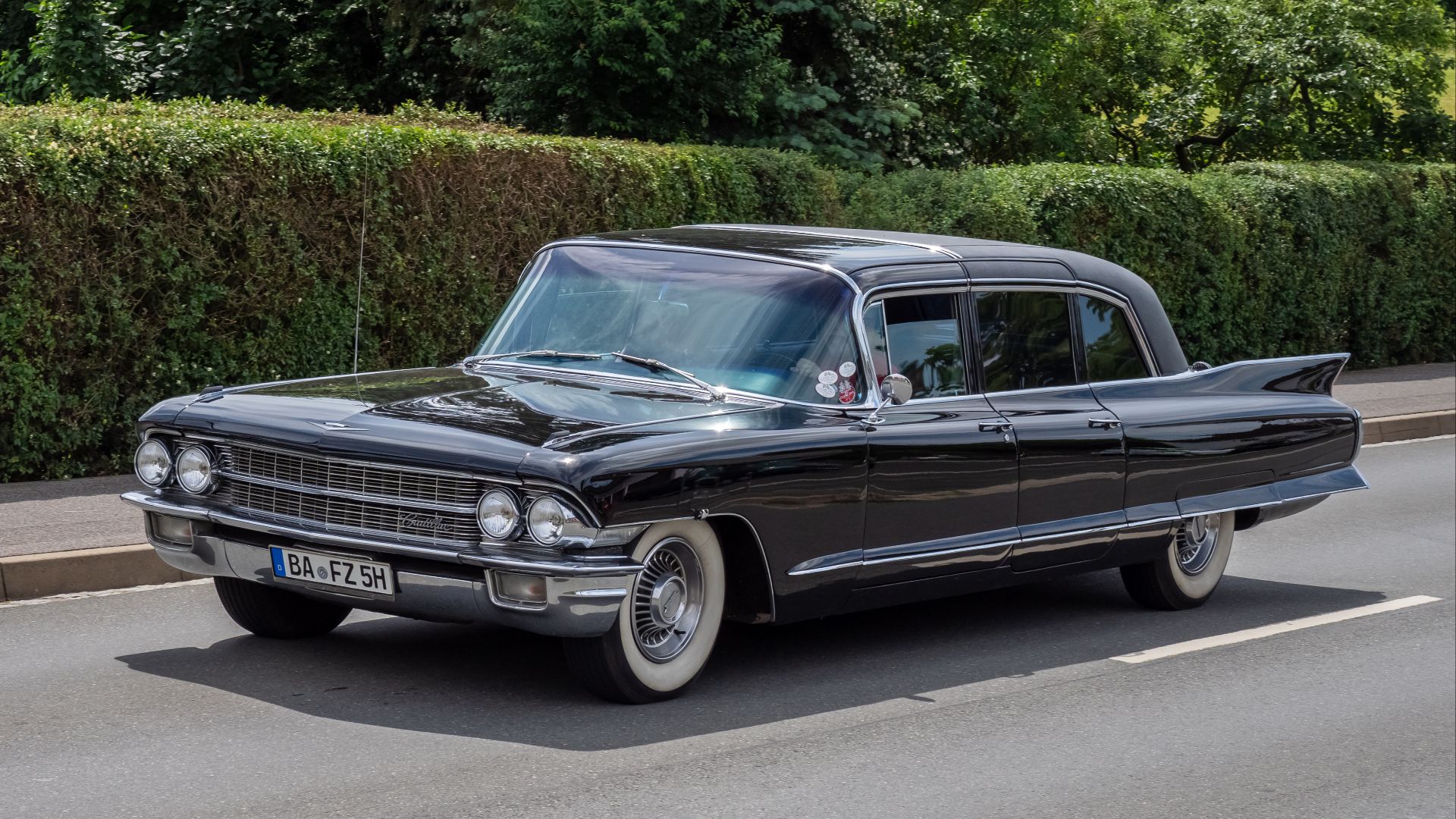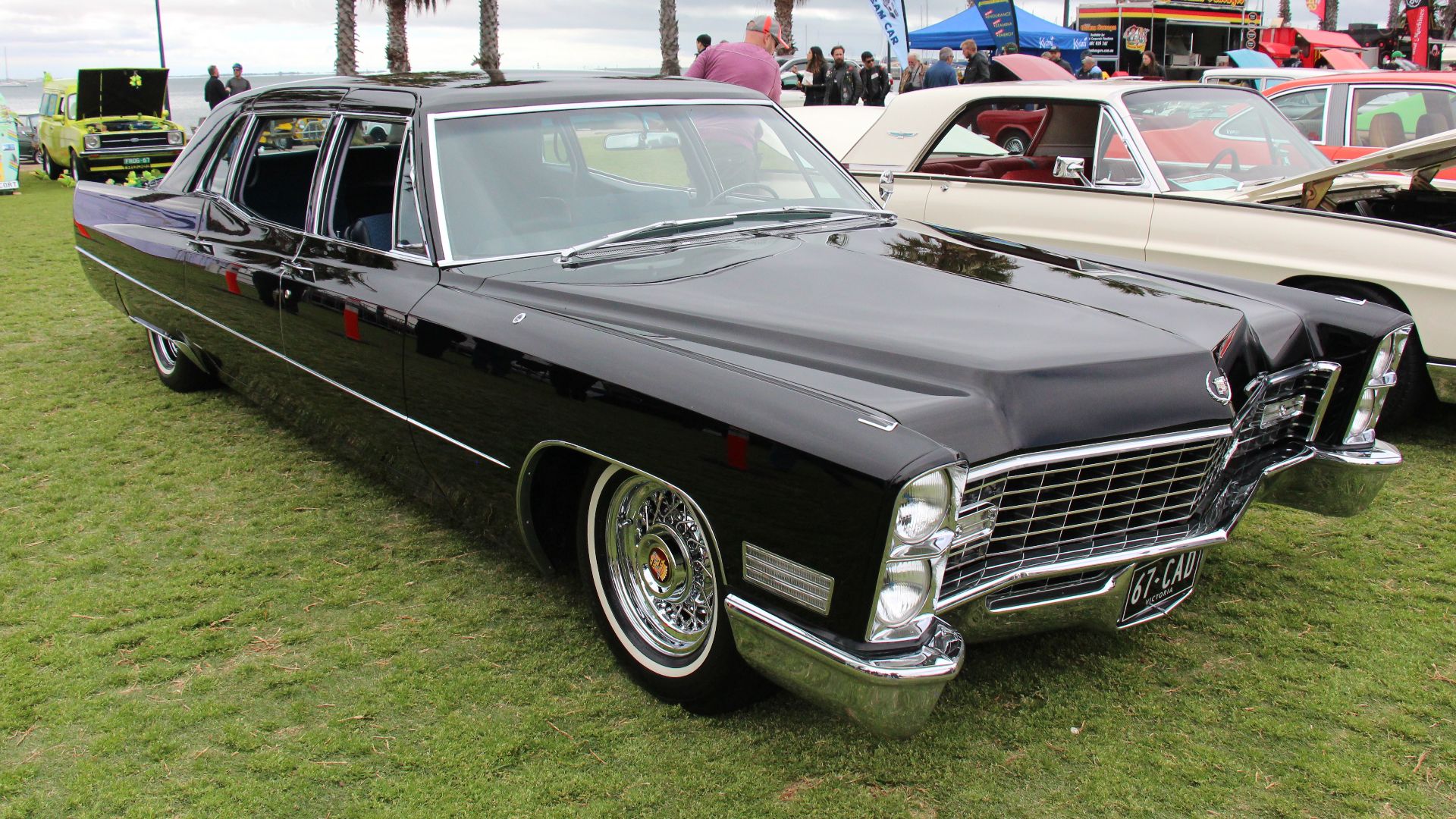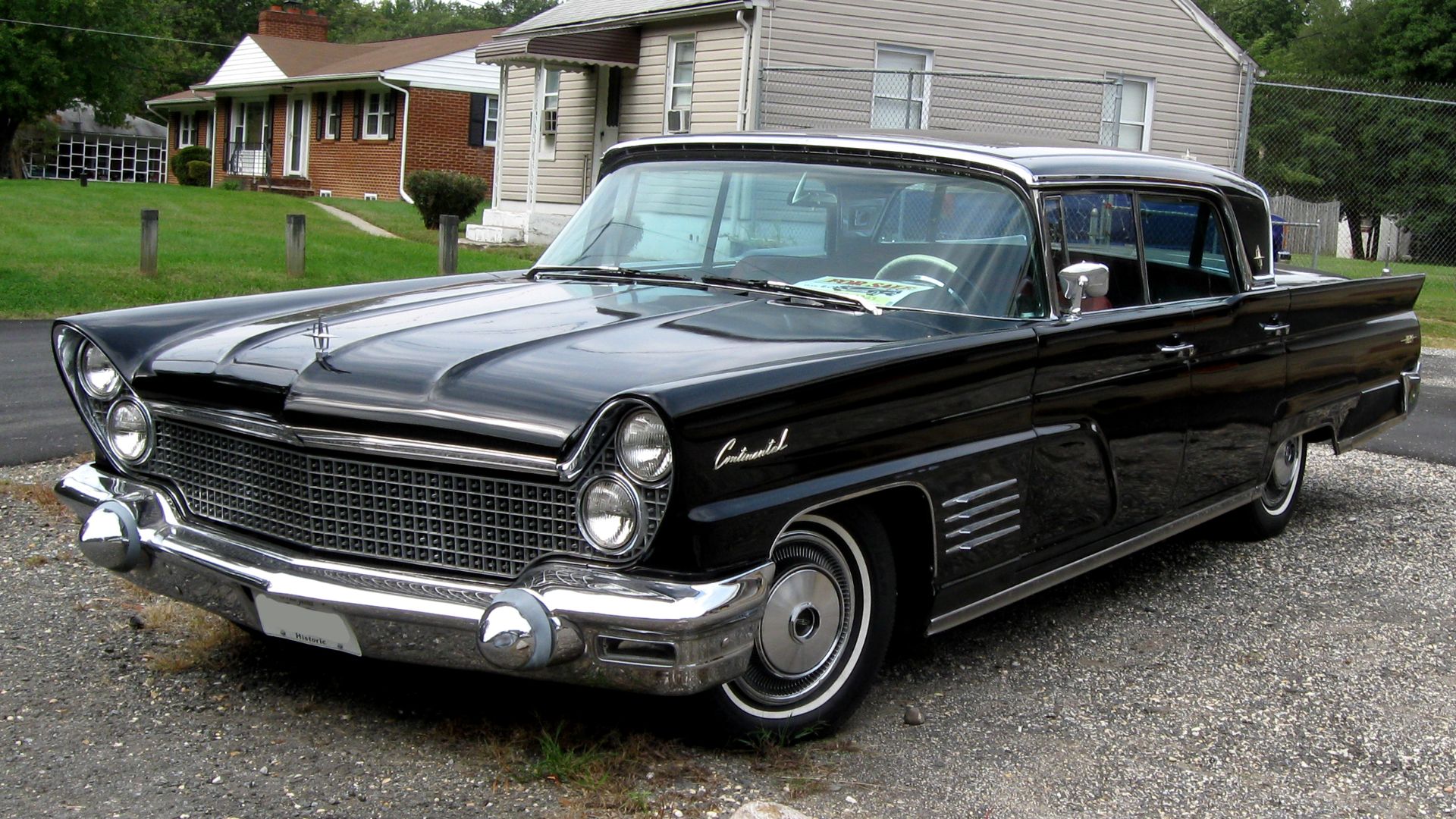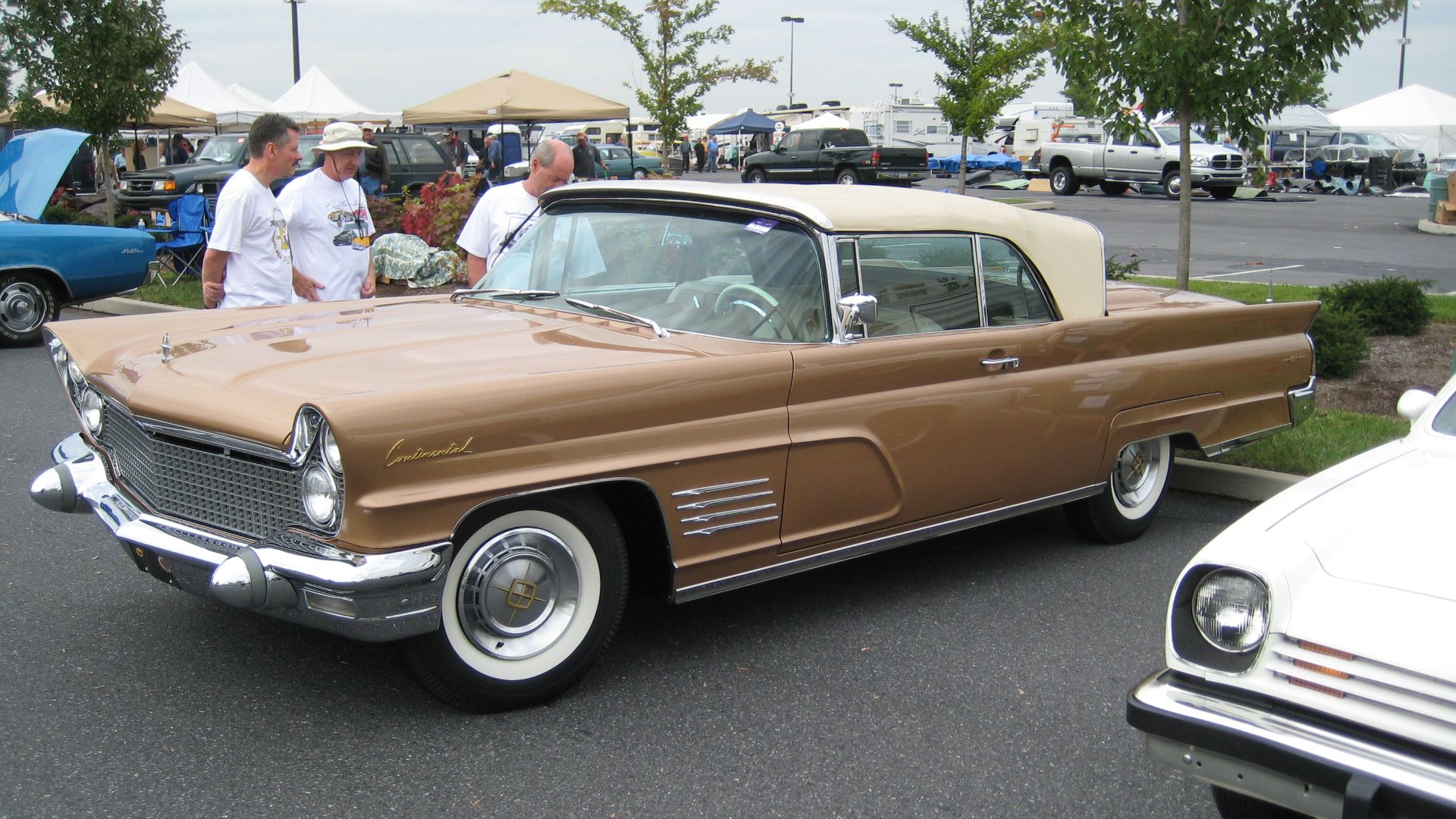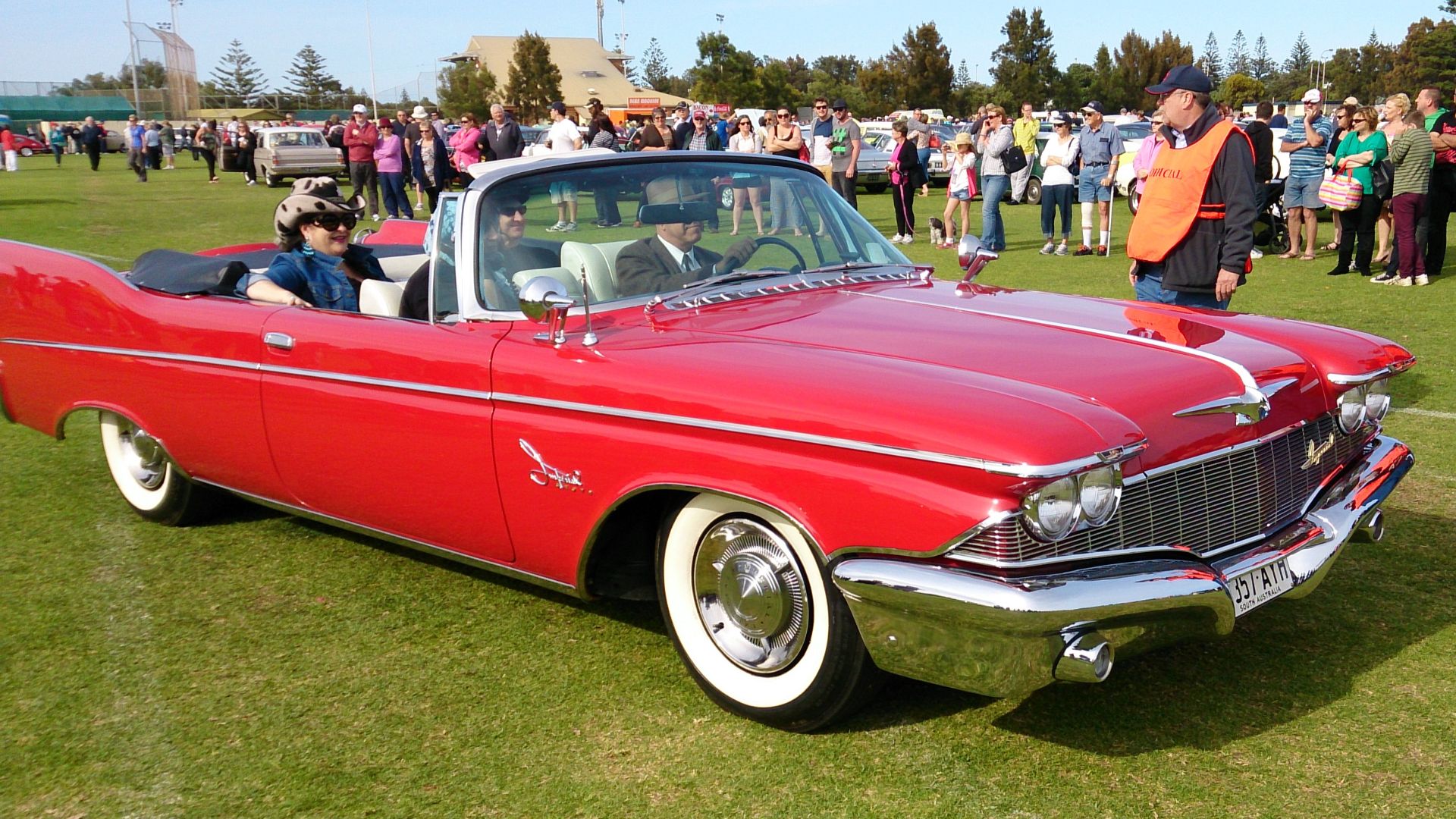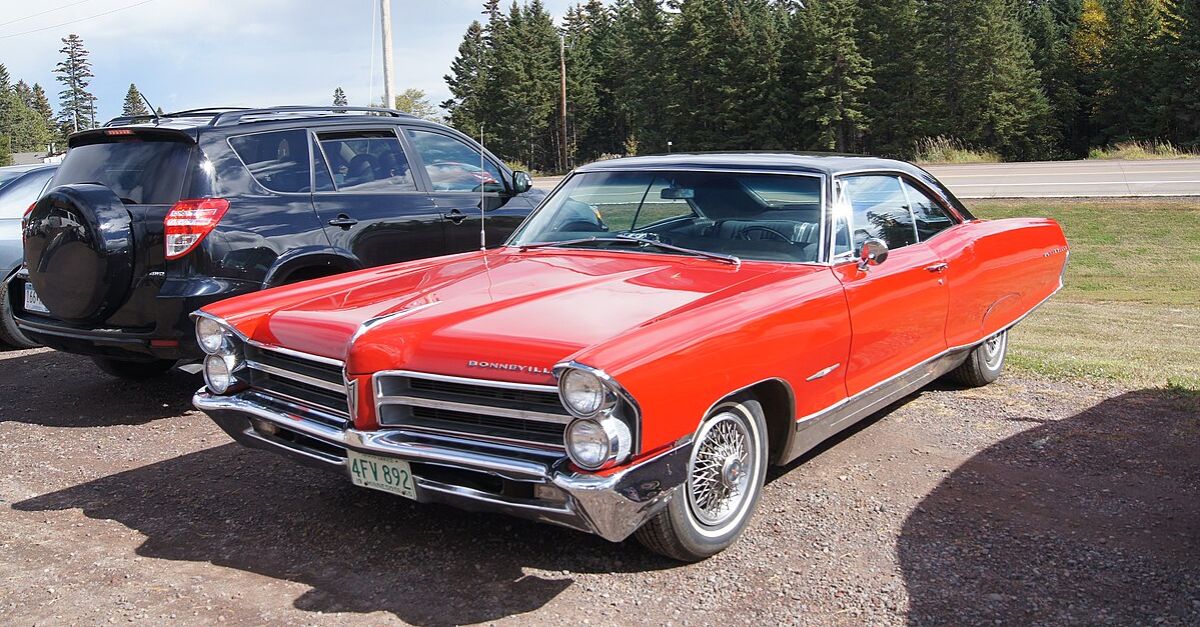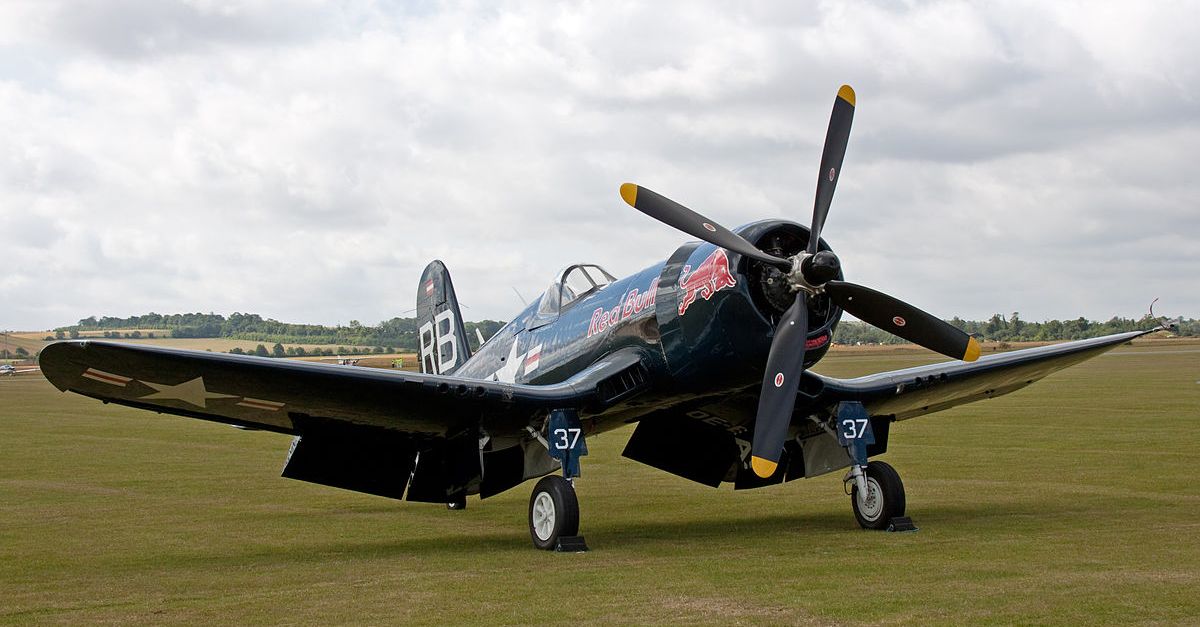Giants Of The American Roads
Back in the day, engines thundered, and size ruled the road. These 1960s machines were statements. Each one turned streets into narrow lanes and luxury into something unapologetically massive.

Cadillac Series 75 Limousine
Ranging from 243.8 to 244.5 inches long, the Cadillac Series 75 Limousine reigned as a rolling palace throughout the 1960s. It was built for executives and Hollywood’s elite. This extended-wheelbase machine doubled down on status and unapologetic American scale.
Cadillac Series 75 Limousine (Cont.)
Its V8 evolved from a 390 cubic-inch engine pushing 325 horsepower in 1959 to a 429 cubic-inch V8 with 340 horsepower by 1965, all channeled through a silky Hydra-Matic transmission. It weighed around 4,800 to 5,000 pounds, depending on the year.
Lincoln Continental
The Lincoln Continental was introduced in 1961 with clean slab-sided styling. Measuring 212.4 inches long, it became an instant symbol of power. The US Secret Service chose it as the official presidential limousine. Elegance met steel here.
Lincoln Continental (Cont.)
Its hallmark suicide doors invited passengers into a cabin lined with leather and walnut trim. Underneath, a 430 cubic-inch MEL V8 produced 300 horsepower. Few cars could glide down the freeway with such grace while still managing to block out the sun in your rearview mirror.
Imperial Crown
Unmistakable from any angle, the Imperial Crown rode into the 1960s with free-standing headlights and a curb presence that screamed independence from Chrysler. At 227.8 inches long, this machine was longer than some ambulances and almost as heavy.
Imperial Crown (Cont.)
A 413 cubic-inch “Golden Lion” V8 made sure the car’s mass didn’t slow it down. Power seats were standard, and an early form of cruise control was available as an option, setting high expectations for luxury. Every trip in the Crown felt ceremonial.
 sv1ambo, CC BY 2.0, Wikimedia Commons
sv1ambo, CC BY 2.0, Wikimedia Commons
Buick Electra 225
Named after its astonishing length, the Electra 225, or the “Deuce and a Quarter,” measured precisely 225.4 inches. Launched in 1959 and reaching peak form in the mid-1960s, it brought skyscraper proportions to suburban driveways across the country. You couldn’t ignore it, even if you tried.
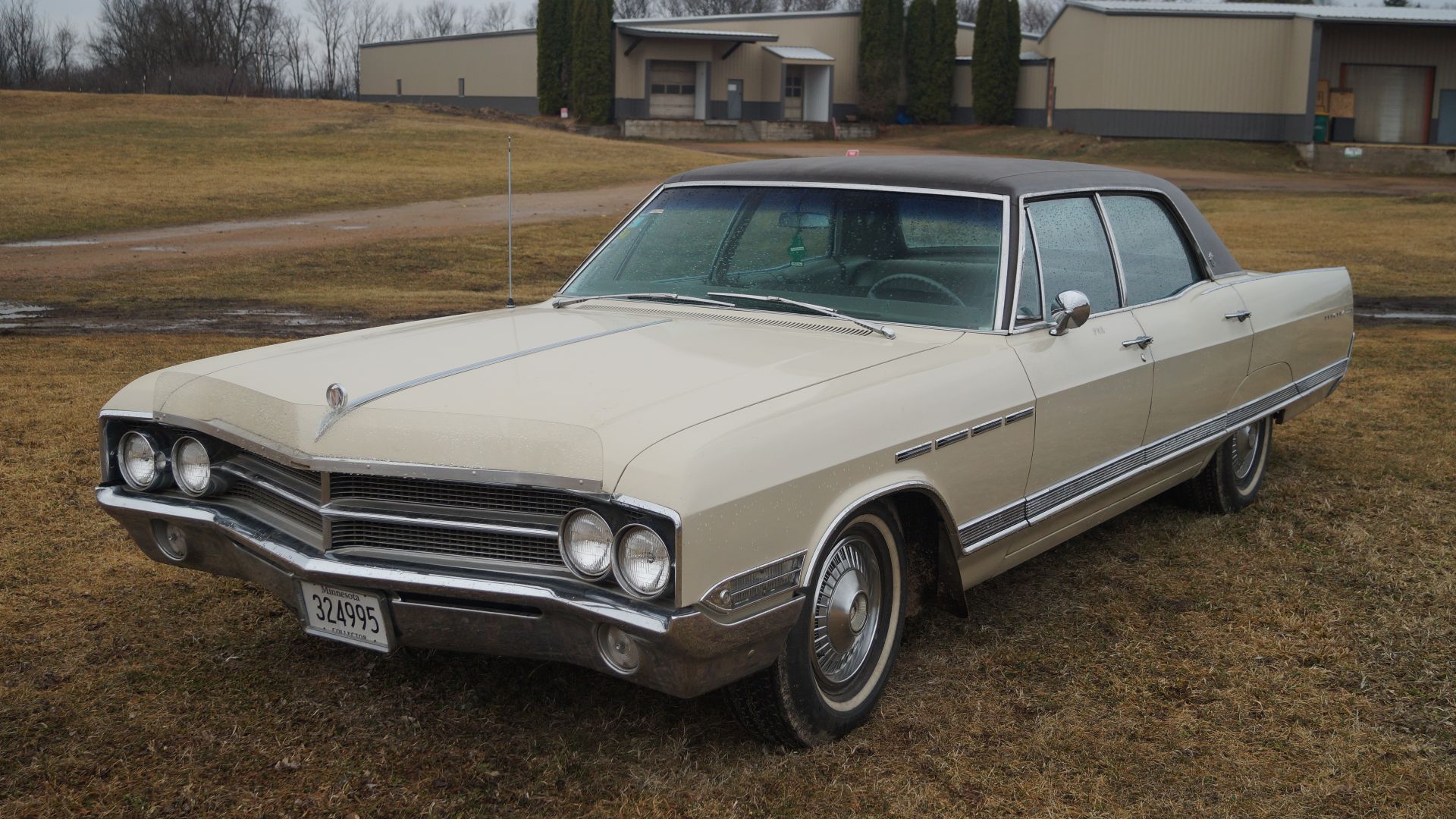 Greg Gjerdingen from Willmar, USA, Wikimedia Commons
Greg Gjerdingen from Willmar, USA, Wikimedia Commons
Buick Electra 225 (Cont.)
Its 401 cubic-inch “Nailhead” V8 delivered an easy 325 horsepower. Drivers enjoyed wide bench seats and silence only broken by the soft click of a signal stalk. This Buick didn’t merely transport—you floated in it like a feather on a steel cloud.
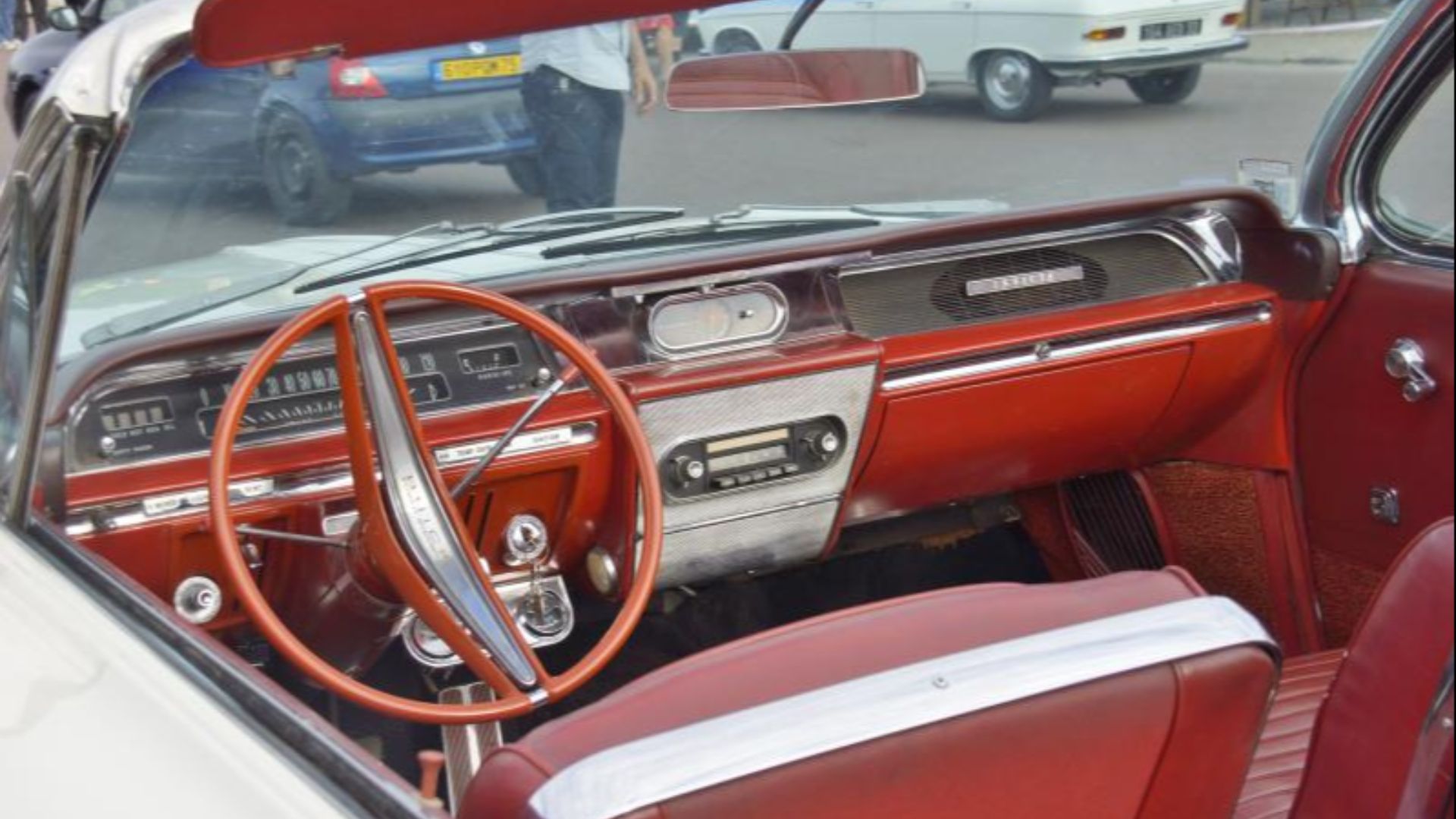 Yves Jalabert from La Rochelle, France, Wikimedia Commons
Yves Jalabert from La Rochelle, France, Wikimedia Commons
Oldsmobile 98
The Oldsmobile 98 lived large. With lengths exceeding 220 inches by the late 1960s, it embodied General Motors' mission to offer Cadillac-style comfort without the Cadillac badge. Chrome trim blanketed the sides, and wide taillights gave the rear end a glowing, futuristic stare.
 Greg Gjerdingen from Willmar, USA, CC BY 2.0, Wikimedia Commons
Greg Gjerdingen from Willmar, USA, CC BY 2.0, Wikimedia Commons
Oldsmobile 98 (Cont.)
At its heart was the Rocket V8, available in displacements up to 455 cubic inches by 1968. Interiors offered velour, vinyl, and walnut, with features like tilt-away steering and automatic climate control. For middle-class Americans chasing upper-class comfort, this land yacht answered the call without breaking the bank.
 Thomas Vogt from Paderborn, Deutschland, CC BY-SA 2.0, Wikimedia Commons
Thomas Vogt from Paderborn, Deutschland, CC BY-SA 2.0, Wikimedia Commons
Pontiac Bonneville
Towering past 220 inches in length, the Pontiac Bonneville was Pontiac’s top-tier cruiser throughout the 1960s. Its presence matched its punch, especially with the available tri-power 389 setup delivering up to 348 horsepower—a number that gave it real street credibility.
 More Cars from Berlin, Germany, CC BY 2.0, Wikimedia Commons
More Cars from Berlin, Germany, CC BY 2.0, Wikimedia Commons
Pontiac Bonneville (Cont.)
Interiors boasted wide bench seats and bold design touches like chrome-accented dashboards and sweeping speedometers. Known for its “Wide-Track” stance, the Bonneville handled better than most land yachts of its size. This full-size icon blurred the line between performance and prestige without sacrificing its steel-bodied confidence.
 Greg Gjerdingen from Willmar, USA, CC BY 2.0, Wikimedia Commons
Greg Gjerdingen from Willmar, USA, CC BY 2.0, Wikimedia Commons
Chevrolet Impala
Chevrolet’s Impala was America’s best-selling full-size throughout the 1960s, with over a million units sold in 1965 alone. Its length, ranging from 212 to 216 inches based on the model, gave it visual dominance. The trim choices ranged between modest sedans and the sporty Impala SS fastback with stylish flair.
 Reinhold Möller, CC BY-SA 4.0, Wikimedia Commons
Reinhold Möller, CC BY-SA 4.0, Wikimedia Commons
Chevrolet Impala (Cont.)
V8 options ran deep, including the 409 cubic-inch powerhouse by 1961. The larger 427 V8 didn’t appear until 1966, but earlier models still had a bite. Rear fender flares and sweeping profiles made this a boulevard staple in suburban and cruising culture.
 Michael Barera, CC BY-SA 4.0, Wikimedia Commons
Michael Barera, CC BY-SA 4.0, Wikimedia Commons
Ford Galaxie 500
Bold and brash, the Ford Galaxie 500 was built for the open road. It defined the full-size segment for the Blue Oval. With dimensions brushing 213.5 inches, it gave competitors something to worry about, especially in its sporty XL and fastback variants.
 Sicnag, CC BY 2.0, Wikimedia Commons
Sicnag, CC BY 2.0, Wikimedia Commons
Ford Galaxie 500 (Cont.)
Its top-tier 427 cubic-inch FE V8 made it a NASCAR contender, while interiors leaned toward futuristic flair with sweeping dashboards and optional bucket seats. Families loved its room, and racers loved its muscle. No surprise it played double duty across America’s garages and racetracks.
 sv1ambo, CC BY 2.0, Wikimedia Commons
sv1ambo, CC BY 2.0, Wikimedia Commons
Dodge Custom 880
Dodge didn’t originally plan to build the Custom 880. It was a response to losing full-size models to a failed downsizing gamble. Launched in 1962, this surprise entry measured over 214 inches. It filled Chrysler showrooms with much-needed bulk and traditional American flair.
 Greg Gjerdingen from Willmar, USA, CC BY 2.0, Wikimedia Commons
Greg Gjerdingen from Willmar, USA, CC BY 2.0, Wikimedia Commons
Dodge Custom 880 (Cont.)
Under its slab sides lived a 361 cubic-inch V8 with 265 horsepower, and optional upgrades took it well beyond. Rear fins lingered from the late 1950s, which added drama to its otherwise conservative profile. It wasn’t flashy, but it brought Dodge back into the full-size fight.
 Greg Gjerdingen from Willmar, USA, CC BY 2.0, Wikimedia Commons
Greg Gjerdingen from Willmar, USA, CC BY 2.0, Wikimedia Commons
Mercury Park Lane
When Park Lane returned in 1964, Mercury made its ambitions clear. This premium full-size stretched 218.4 inches and wore squared edges with confidence. Slotted above the Montclair, it took aim at drivers craving Lincoln-level luxury without the Lincoln-level price tag.
 Brian Snelson from Hockley, Essex, England, CC BY 2.0, Wikimedia Commons
Brian Snelson from Hockley, Essex, England, CC BY 2.0, Wikimedia Commons
Mercury Park Lane (Cont.)
A 430 cubic-inch V8 came standard and pumped out torque with smooth and steady force. Optional touches like dual rear speakers and space-age dash dials gave the Park Lane upper-crust flavor. Mercury proved that upscale didn’t have to mean uptight—just properly massive.
 GTHO, CC BY-SA 3.0, Wikimedia Commons
GTHO, CC BY-SA 3.0, Wikimedia Commons
Chrysler New Yorker
Sitting at 219.6 inches in 1960, the Chrysler New Yorker carried elegance in its sheer volume. This flagship model turned freeway lanes into personal corridors and offered buyers an aristocratic feel without the pretension of its Cadillac competition.
 Greg Gjerdingen from Willmar, USA, CC BY 2.0, Wikimedia Commons
Greg Gjerdingen from Willmar, USA, CC BY 2.0, Wikimedia Commons
Chrysler New Yorker (Cont.)
Motivated by a 413 cubic-inch “Wedge” V8, the New Yorker made nearly 350 horsepower depending on trim. Power windows and push-button transmission controls were statements. This car didn’t need chrome overload to feel premium. It let its proportions do the talking.
 FotoSleuth, CC BY 2.0, Wikimedia Commons
FotoSleuth, CC BY 2.0, Wikimedia Commons
1960 Lincoln Continental
Before the slab-sided redesign, Lincoln went truly massive. The 1960 Lincoln Continental measured a staggering 227.2 inches, riding on a separate Continental Division platform. This was an asphalt-devouring monarch with tailfins big enough to cast shadows.
 MercurySable99, CC BY-SA 4.0, Wikimedia Commons
MercurySable99, CC BY-SA 4.0, Wikimedia Commons
1960 Lincoln Continental (Cont.)
Weighing approximately 5,000 pounds, the 1960 Lincoln Continental carried a 430 cubic-inch V8 and amenities like power everything, including vent windows. This was the final year of hand-assembled Continentals before Ford folded the line into Lincoln proper, which marked the end of bespoke bigness.
 Greg Gjerdingen from Willmar, USA, CC BY 2.0, Wikimedia Commons
Greg Gjerdingen from Willmar, USA, CC BY 2.0, Wikimedia Commons


